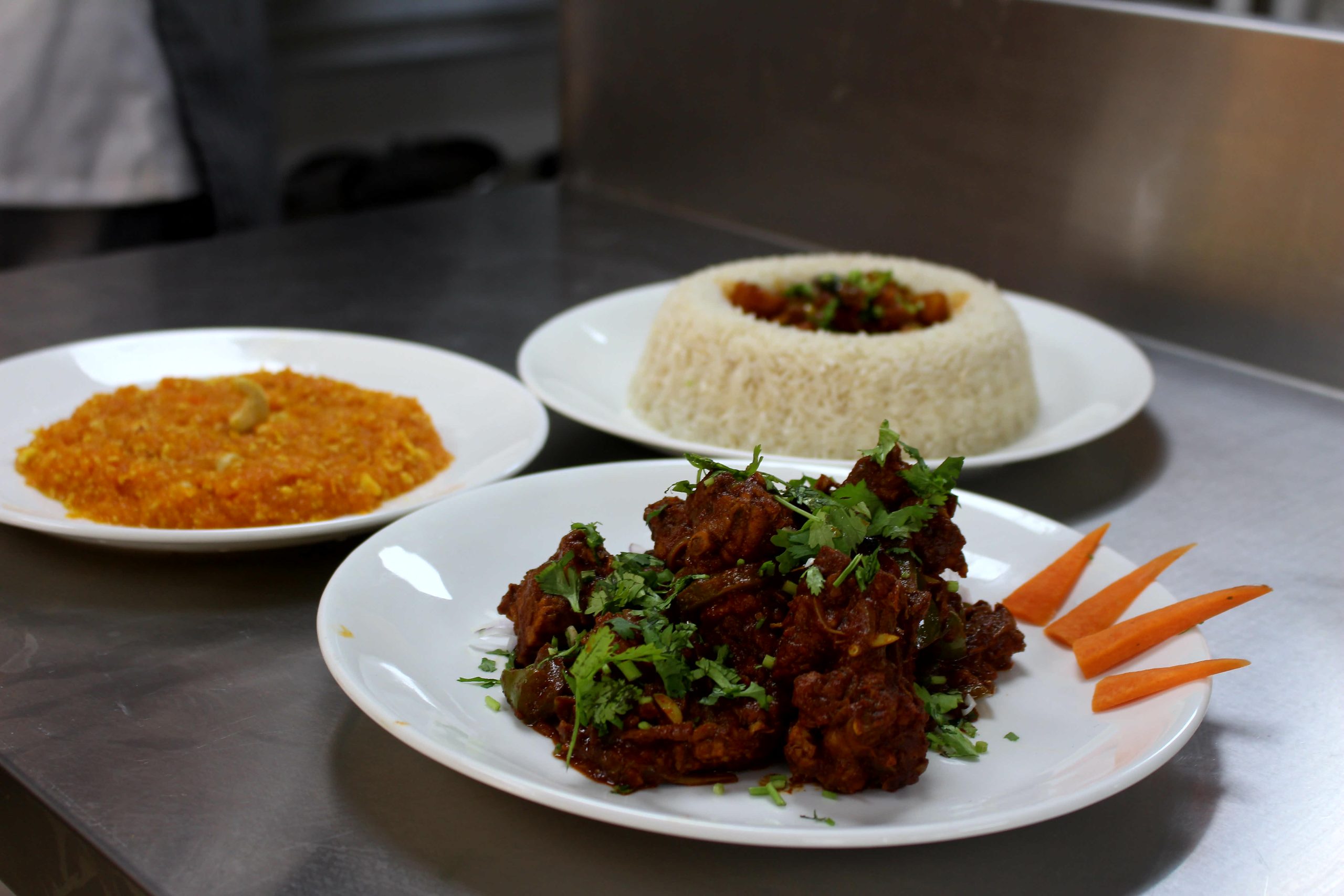Perfect Your Plate at Brooks School of Hotel Management

Transform your culinary skills with expert food plating techniques. Enroll at the best hotel management college in Kerala and create dishes that delight both the eyes and the palate.
The art of food presentation is just as important as the taste of the dish itself. As one of the premier hotel management colleges; we pride ourselves on teaching our students the delicate balance of flavour and visual appeal. In this guide, we will walk you through the essential principles and techniques of food plating and presentation, helping you to upgrade your culinary creations to perfection.
The Importance of Food Plating
Food plating and presentation play a crucial role in the dining experience. A beautifully presented dish can stimulate the appetite, create anticipation, and enhance the overall enjoyment of the meal. For aspiring chefs and hospitality professionals, mastering this art is essential.
Key Principles of Food Plating
1. Balance:
Achieving a balance between different elements on the plate is fundamental. Consider the proportions of proteins, carbohydrates, and vegetables. Balance also involves contrasting colours, textures, and flavours to create a harmonious and visually appealing dish.
2. Portion Control:
Ensure that portions are appropriate for the meal and the occasion. Overloading the plate can make it look cluttered, while too little can leave the diner unsatisfied. Strive for a balance that pleases the eye and the palate.
3. Focal Point:
Every dish should have a focal point that draws the diner’s attention. This could be the main ingredient or a unique garnish. Arrange other elements around the focal point to create a cohesive and attractive presentation.
4. Colour:
Use a variety of colours to make the dish visually appealing. Bright, vibrant colours can stimulate appetite and interest. Be mindful of how colours interact and complement each other.
5. Texture:
Incorporate different textures to add depth and interest to the dish. Combining crispy, creamy, and crunchy elements can enhance the overall eating experience.
Techniques for Food Plating
1. The Clock Method:
Imagine the plate as a clock. Place proteins between 3 and 9 o’clock, starches from 9 to 12 o’clock, and vegetables from 12 to 3 o’clock. This method ensures a balanced and visually pleasing arrangement.
2. Height and Layers:
Add dimension to your plating by stacking or layering ingredients. This technique not only saves space but also adds a sophisticated touch to the presentation.
3. Sauces and Garnishes:
Use sauces and garnishes to enhance the visual appeal and flavour of the dish. Drizzle sauces artistically around the plate or use a squeeze bottle for precise application. Garnishes should complement the dish and not overpower it.
4. Negative Space:
Don’t be afraid to leave some empty space on the plate. Negative space can highlight the main components and make the dish appear more elegant and refined.
5. Tools and Equipment:
Utilize plating tools such as tweezers, squeeze bottles, and Molds to achieve precision and creativity. These tools can help you place delicate ingredients and create intricate designs.
Practical Tips for Aspiring Chefs
1. Practice Regularly:
Like any other skill, food plating requires practice. Experiment with different techniques and styles to find what works best for you.
2. Stay Updated:
Keep up with current trends in food presentation. Follow renowned chefs, read culinary magazines, and watch cooking shows to stay inspired and informed.
3. Seek Feedback:
Don’t hesitate to seek feedback from peers, mentors, and customers. Constructive criticism can help you refine your skills and improve your presentation.
4. Use Fresh Ingredients:
Fresh, high-quality ingredients not only taste better but also look more vibrant on the plate. Always prioritize freshness in your culinary creations.
Conclusion
At Brooks School of Hotel Management, one of the hotel management colleges in Kochi, we emphasize the importance of food plating and presentation in our curriculum. By mastering these skills, our students are well-prepared to create visually stunning and delicious dishes that delight diners. Whether you are an aspiring chef or a hospitality professional, understanding and applying these principles will undoubtedly enhance your culinary expertise and elevate your career in the food and beverage industry.




